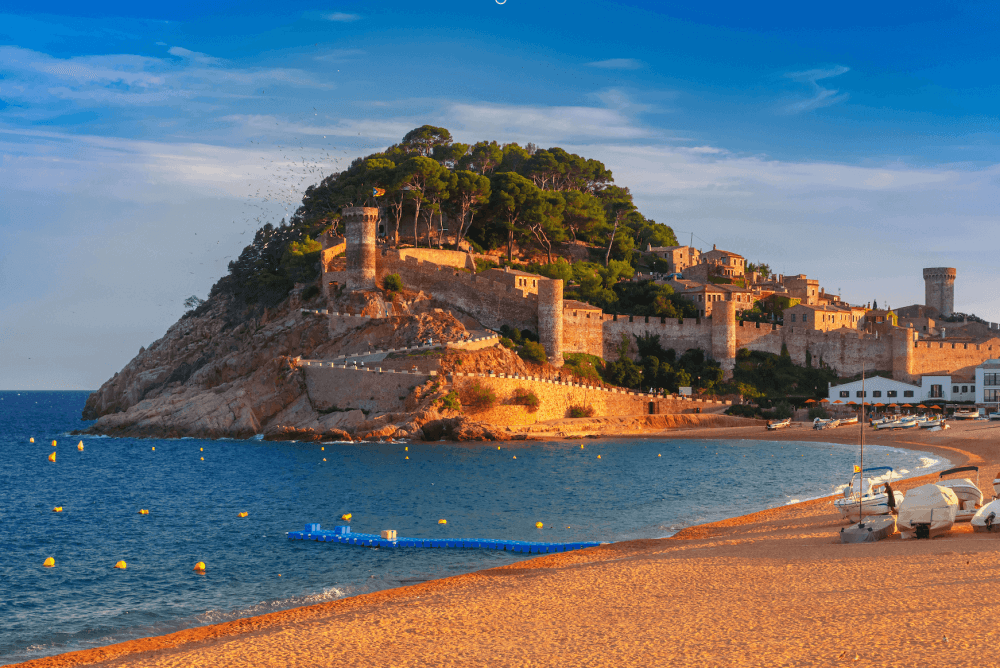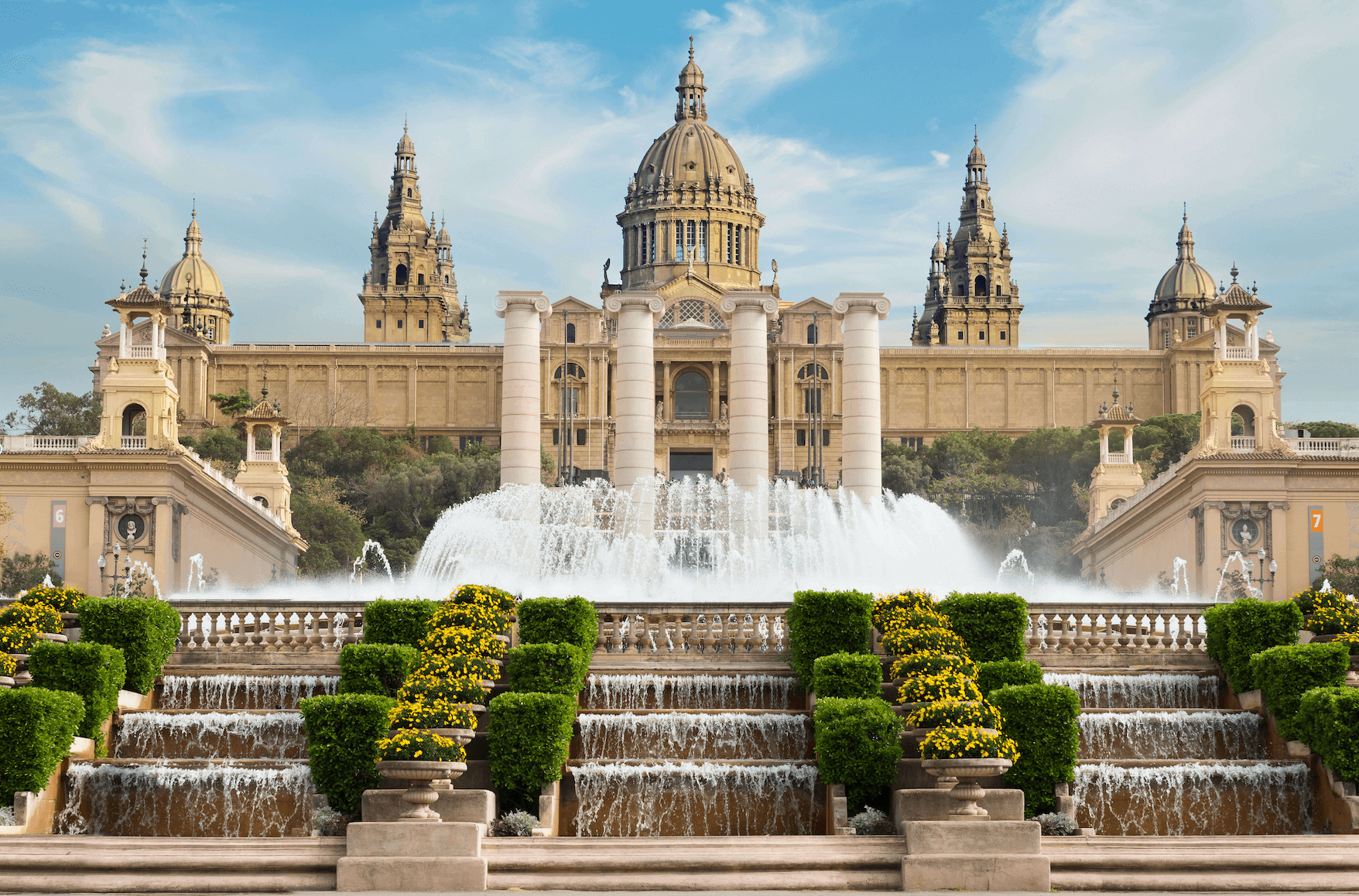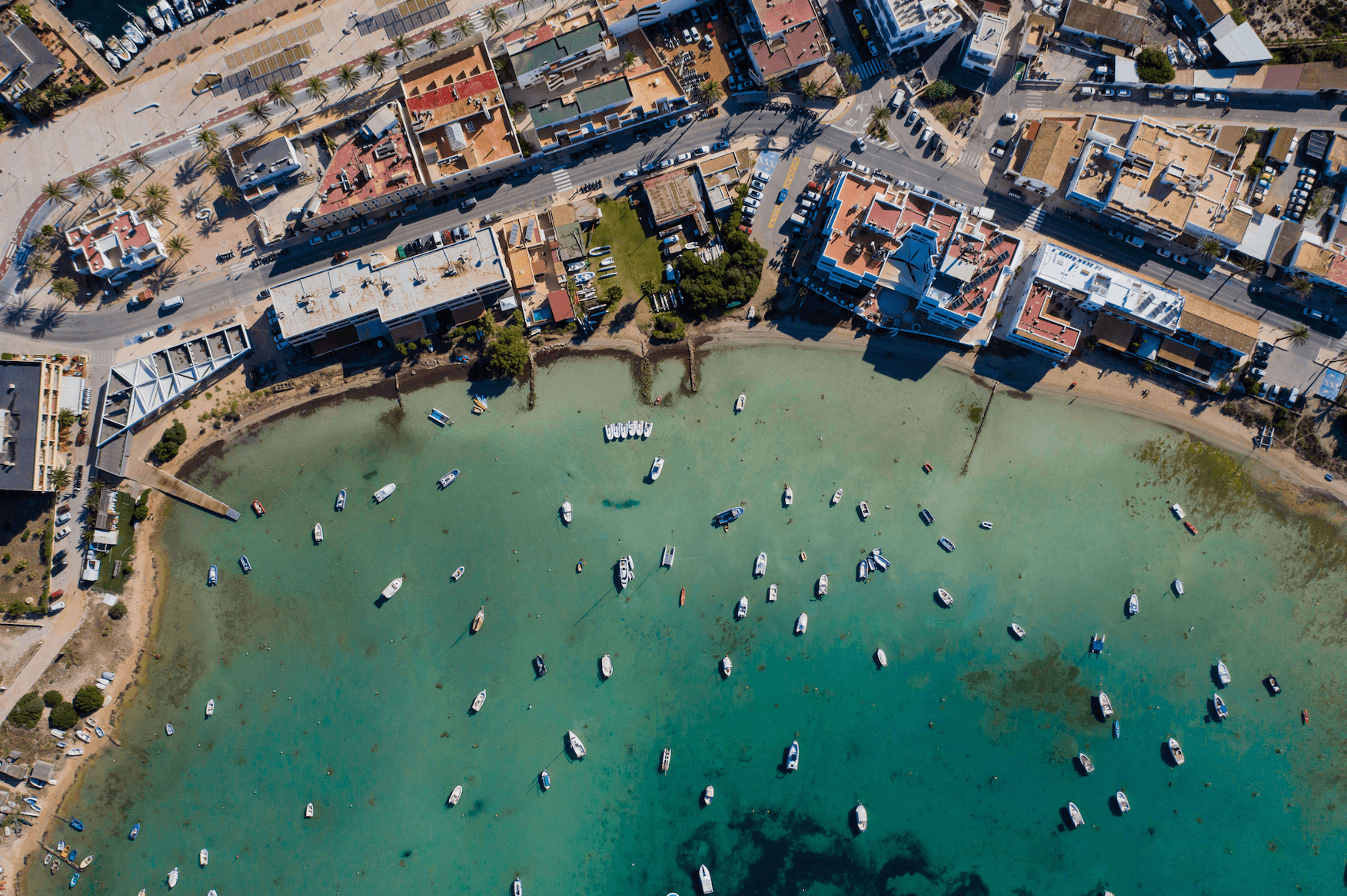
Hitchhiker's guide - what you should know?
How to hitchhike safely and effectively - practical tips. Everything you need to know before you go on a hitchhiking trip.
11 August 2021

Millions of tourists visit Spain every year. Last year it was ... 84 million people! Both mainland Spain, where we can find dozens of cities with stunning architecture and fascinating museums, as well as islands that attract those who want a quiet rest on the beach and lovers of nightlife, are a dream holiday destinations. Check what to bring on your trip to Spain, what not to forget and how to get the most out of this trip!
|
|
Destination |
Leisure and sightseeing |
|
|
Trip length |
7 days |
|
|
Transport |
Plane |
|
|
Accommodation |
Hotel |
|
|
Luggage |
Suitcase |
Masks and antibacterial gel - this year we have to adapt to a completely new reality. Therefore, when traveling to Spain, our luggage must contain masks and an antibacterial gel.
Cream with a high SPF filter - attention! Use it not only when you are planning an evening on the beach, but also when you go on a city trip or ... even go out to the store for a moment. During the holiday season in Spain, as many as 12 hours of sunshine await us, and burns threaten us not only at noon, in full sun, but all day - also in the shadow of buildings. Therefore, also pack a soothing cream with panthenol for sunburn in your luggage.
Scarf - to cover the shoulders, head or knees when planning to enter temples, chapels or basilicas. Religion still plays a fairly important role in the life of the Spanish community, so remember to show respect for their beliefs by dressing properly.
Power bank - when taking photos of monuments, picturesque beaches or checking the route on the Internet, your phone's battery can drop alarmingly fast. Therefore, take a power bank in your luggage.
Tickets for public transport and admission tickets to attractions bought online - in high season in Spain, waiting for admission to crowded museums or amusement parks can mean queuing hours in full sun for hours. Therefore, it is worth checking before departure whether it is possible to buy profitable, multi-day city tickets or tickets to popular attractions online. In general, this is a more profitable option, and we will save a lot of time. Warning! If you are a person under 30 years of age, you can get a Euro26 card, which will give you access to dozens of attractive discounts on admission tickets in many European cities. You can purchase additional insurance along with the card.
LUGGAGE
Suitcase (80L)

When traveling to Spain, it is worth taking advantage of the full, extremely rich gastronomic offer of this country. Varied, aromatic and based on fresh, seasonal products - this is what Spanish cuisine is like. One cannot forget about the excellent wine from this region! Check what to eat when traveling to Spain.
Pimientos de Padrón - delicious green peppers fried in olive oil and served with coarse salt. Perfect hot or cold, eaten as a side dish or alone, washed down with cold, white, dry wine… Their light bitterness contrasts with the salt, they have a smoky aroma, and practically everyone who tastes them falls in love with them.
Tortilla de patatas - a delicious potato omelette served with a lot of various additives. The most famous, basic version is the one with the potatoes alone or potatoes and onions. From chorizo to seasonal vegetables to delicious cheeses - there's something for everyone. Perfect even for breakfast!
Paella - one of the most famous Spanish dishes. Its popularity will not surprise anyone who tries it at least once! Served in a characteristic, large pan with two handles, it tastes best with a glass of delicious wine. Paella is fried rice with toppings - what kind? It depends on the area, because it is served in practically every Spanish city. It comes from Valencia, and its most traditional form is rice flavored with saffron, with seafood and beans. The chicken version is popular, but created mainly at the request of tourists.
Pintxos - small starters, especially popular throughout the Basque country. Each restaurant understands pinxtos in its own way - from tiny sandwiches, to fried seafood for one bite, to vegetarian options. We can usually choose from a dozen or so different dishes in a small version.
Jamón - the sight of a dried pork leg hanging in a restaurant can be a bit macabre… But this dried ham is a typical Spanish dish. Served as an appetizer, snack with wine, on sandwiches or with the main course - it’s delicious either way.
Spanish wine - in Spain, wine is almost as popular as in Italy. White, cold, dry wine is drunk with lunch, in the evenings you sip an excellent dry red wine, and with your meal you drink table wine. On a hot day, try sangria, which is wine with fruit, and be sure to ask for the recipe - usually in every home and restaurant it is prepared slightly differently!
Crema catalana - something for lovers of sweets! Did you know that the famous crème brûlée is a French 20th century version of a Spanish dessert? Catalan cream is made of milk, cream, egg yolks and sugar - it melts in the mouth and is the perfect end to a successful holiday day!
Churros - those real, Spanish, prepared on a street stall by a local confectioner taste completely different than those bought in other places! This fried dessert is traditionally served with sugar, and for those for whom there is no such thing as "too sweet" - it is additionally dipped in chocolate cream, as in fondue.

It's hard to say whether Spain is an expensive or cheap country. It is believed that the prices are rather "Western”. Naturally, in large cities or tourist resorts the prices will be very high, and in villages or in less crowded places - correspondingly lower.
We can rent the cheapest cars in Spain for around 20-25 euros a day. Warning! Often, there are also additional fees that, if not canceled, may be charged long after the car is returned to the rental company. Check if the price includes car insurance. We will pay about EUR 1.5 for a liter of gasoline.
We usually pay 2-15 euros for admission to a basilica, museum or cathedral.
Prices in restaurants vary widely. It is assumed that we will pay roughly between 10 and 25 euros for a meal. Of course, street food or small dishes in local restaurants may be a bit cheaper. We usually pay 2-7 euro for a beer or wine with dinner.
A plate of snacks will generally cost around 10-15 euros.
We usually pay 1.50-3 euro for a single public transport ticket.
Intercity trains are very expensive - they usually cost from about 15-50 euros for a ride, discounts are few and granted on special conditions, cheaper tickets for regional trains - 3-10 euros.
While visiting Spain, we should keep an eye on what is happening around us, especially in crowded, common areas where it is easy to become robbed by pickpockets. Of course, as everywhere else, it is worth being careful and having limited trust, especially in crowded places, in the evenings or when meeting new people. Remember that there are also areas at risk of riots in Spain, especially in Catalonia.
Spaniards are famous for quite reckless driving. It is true that they are far behind Italians, but still - be very careful when traveling in the mountains or unknown cities. Remember to make sure when renting a car that all existing scratches are marked on the rental report, so that you will not be charged for them when returning the car.
Beware of the usual tourist scams or street 'shows' that have to be paid for later - like photos of people in costumes at popular landmarks.
In Barcelona, offering drugs to sell or going to dodgy clubs is popular.

It is not unusual to see Spaniards passing or… driving a red light. Keep this in mind both as a driver and as a pedestrian.
Spain is famous for its excellent coffee. Be sure to try this real, espresso brewed drink at the bar in a Spanish cafe. It is usually very cheap - around 1-2 euros.
Don't forget that practically all of Spain has a siesta. Between 2 p.m. and 5 p.m., you won't do any shopping, some attractions may be closed, and cities may seem extinct. Banks are open only in the mornings.
In Spain… You won't find kettles in the rented flat. Spaniards use pots to boil water. You won't find any heaters there either.
Do not be surprised that when you order a beer in Spain, you will get not 0.5 liters, but 0.33 liters. This is the standard volume in Spain.
Spain impresses with its diversity and there is certainly something for everyone in this beautiful country! In order not to forget anything, download the MyLuggage app and we will prepare a personalized packing list for you - so that you can focus on planning an unforgettable trip!